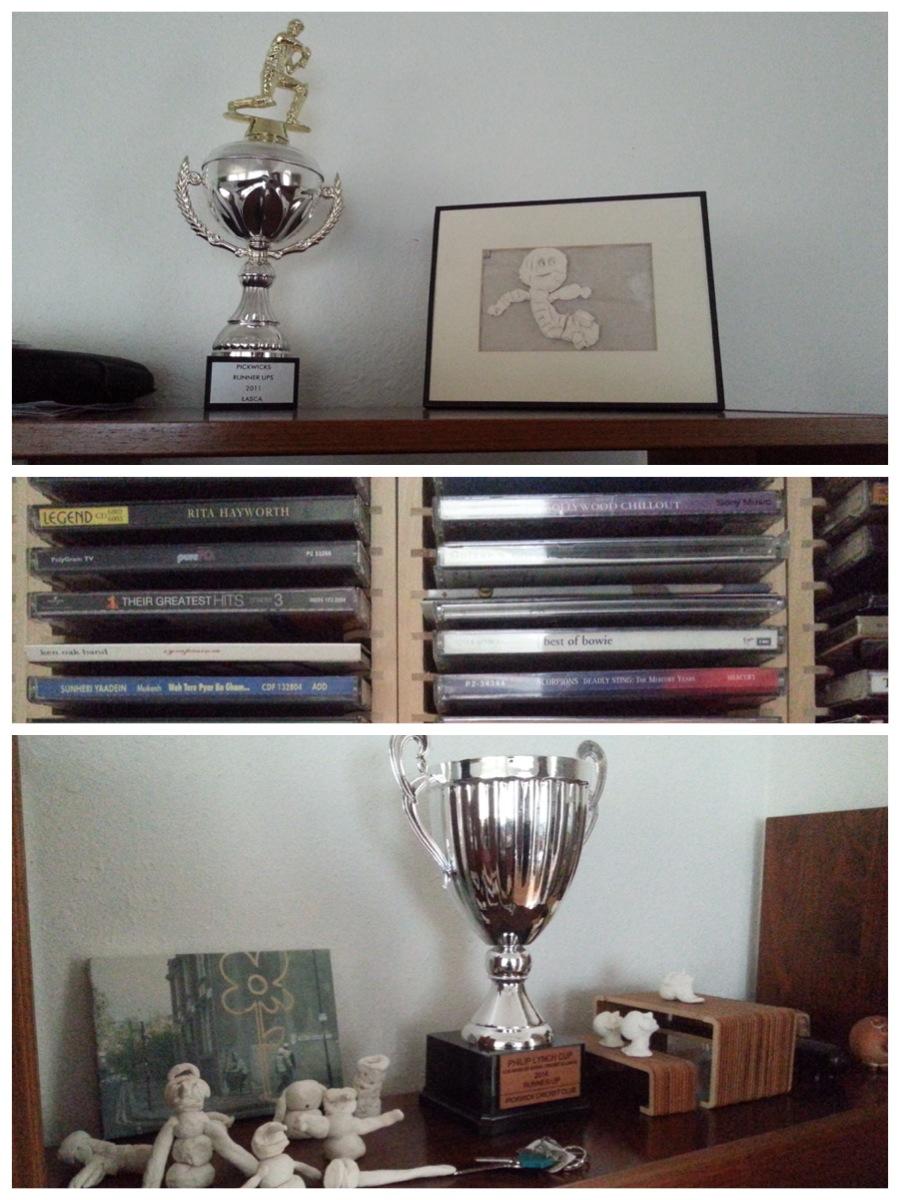Living Room Ethnography
For the living room ethnography assignment, I have chosen an Indian culture. I interviewed a typical Indian person let us call him Manish. Manish is a pseudonym, as it is a common Indian name, and it is associated with individuals of Indian identity.
He is a typical Indian, who has been living in Canada for several years. It has to be mentioned that I visited the living room in-person to explore all the details myself and have a sufficient conversation. Another important aspect is the fact that other members of the household were not present during my visit. This essay describes the living room with the help of quotes and pictures and analyzes it. In the end, the conclusions are drawn.

This part focuses on my description of the living room acquired with the help of the interview with Manish and personal observations. Figure 1 provides a general overview of the room. It could be noticed that design is rather simple and modern at the same time. “I like an authentic taste of simplicity in my interior design, maybe, my job as an architect had a certain impact on the outlook of my living room”, Manish says (personal communication, August 29, 2015).
The attractive shape of chairs and a wide variety of books cannot go unnoticed, as an impressive bookshelf occupies a significant space in the room. The dominating colors are rather calm. However, red accents are also present in the form of pillows.

Moreover, a considerable amount of attention has to be paid to the precise details, as it helps discover the inner personality of the individual. A primary focus of Figure 2 is concentrating on small objects, which add charm to the interior. “As for my hobbies, I am interested in running and absolutely in love with music. You have probably noticed it”, Manish claims (personal communication, August 29, 2015).
Manish’s passion for music cannot be unnoticed as it can be seen from Figure 2 that he has an impressive collection of DCs. “I also fond of running, watching movies, reading, and listening to music”, Manish says (personal communication, August 29, 2015). All his life interests can be seen in Figure 2, as he has a trophy for running achievements. Also, small white figures, remind me of the Indian culture by their peculiarity and uncommon shapes.
The findings are analyzed by social construction and ethnography. It could be said that “cultural identity is a social construction” (Fong & Chuang, 2004, p. 6). In this case, as Manish is an Indian, who lives in Canada, both of his cultural identities have to be analyzed. As for the Indian identity, it has to be mentioned that music is the essentiality of Indian life, as it has a vehement connection with religion (Salamone, 2008).
This particularity can be spotted in Manish’s interior design in the persistence of collecting CDs. Another important aspect of Indian culture is the cinematography, as Bollywood movies are watched every day by millions of Indians (Guillain, Colich, & Dharmapala, 2013). This cultural phenomenon also has a reflection on Manish, as he likes to watch movies, and he has a TV with widescreen in the living room. Passion for jogging is also associated with an Indian identity, as it is a religious act of self-improvement (Hardy, 2005). Furthermore, it is widely known that India is famous for its fabrics and a plethora of colors (Kalman, 2009).
Consequently, the presence of red pillows and a rug with a unique print in Manish’s living room is not surprising. As for the symbol of wealth, a cow has been a sacred animal, and milk was a symbol of fertility (Srivanstava, 2008). It could be concluded that white is the color of wealth and purity, and it is a primary reason for its dominance in interior design.
Canadian identity also has a reflection in the interior design, as it is a part of cultural identity. It could be seen that design is rather simple and traditional. A possible explanation for the dominance of this feature is the fact that some of the Canadians are formal and conservative (Vancouver Island University, 2009). However, Manish’s professional occupation also influences the modernity and simplicity of the design. Manish has an understanding of modern design trends and successfully applies them in his living room.
In conclusion, it could be said that cultural identity is present in every aspect of the life of an individual, as it is an essential part of everyday life. Reflections of Canadian and Indian identities have a strong presence in Manish’s living room.
Furthermore, it has to be mentioned that a researcher has to pay significant attention to the responses and explanations of the person, as it will help focus on important details. Additionally, Manish’s professional occupation also influences his interior design, as he is an architect and has a knowledge of new trends. It could be said that this research helped analyze an individual’s surroundings from a cultural perspective and understand that ordinary objects can tell a lot about the personality.
References
Fong, M., & Chuang, R. (2004). Communicating ethic and cultural identity. Lanham, MD: Rowman & Littlefield.
Guillain, C., Colich, A., & Dharmapala, V. (2013). Indian culture. London, UK: Capstone Global Library Limited.
Hardy, F. (2005). The religious culture of India: Power, love, and wisdom. Cambridge, UK: Cambridge University Press.
Kalman, B. (2009). India: The culture. St. Catharines, Canada: Crabtree Publishing Company.
Salamone, F. (2008). The culture of jazz: Jazz as a critical culture. Lanham, MD: University Press of America, Inc.
Srivanstava, V. (2008). History of Agriculture in India: Up to C. 1200 A.D. New Delhi, India: Concept Publishing Company.
Vancouver Island University. (2009). Culture of Canada. Web.